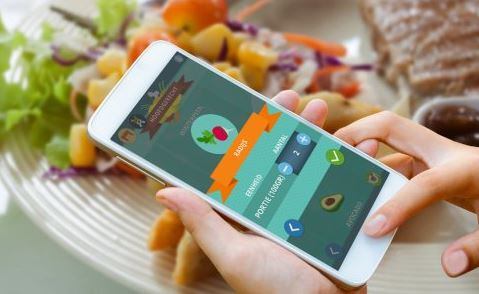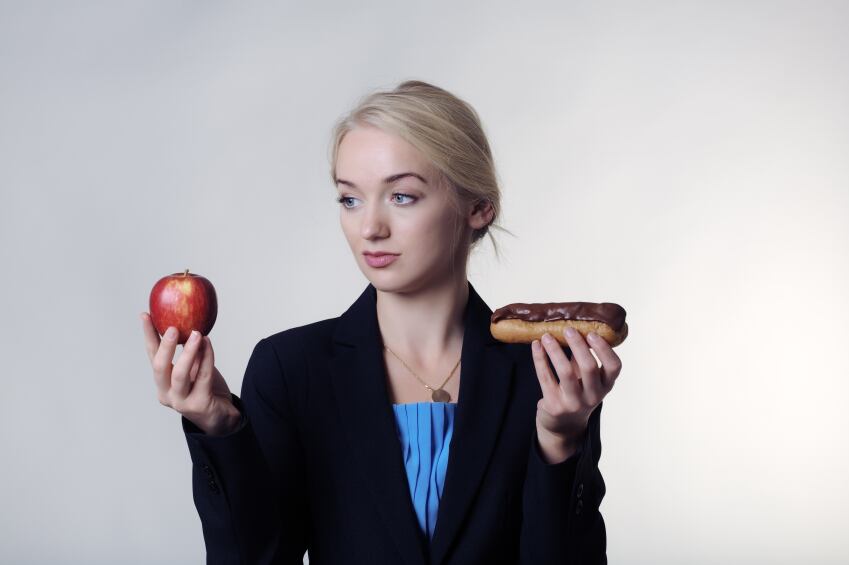Developed by consumer behaviour researchers at Wageningen University and launched to the general public last week, the information collected can be used by food businesses to fine tune product development; by governments to improve food policy on health and sustainability; and by individual consumers who want to know more about their diet and the impact of their food choices.
It works by collecting data from users in the Netherlands. This will include how often an individual eats a certain product or product category and the motives behind this, as well as the time of day the user is eating and how much of each product is consumed.

“FoodProfiler offers governments and the business community the opportunity to better coordinate policy and product development according to the needs and behaviour of consumers, thereby increasing the success of strategies aimed at encouraging health and sustainability,” the Dutch university said.
The app’s strength lies in its long-term measurements and the large numbers of consumers involved which when combined provides an abundance of reliable information on diet and eating patterns, it said.
Lead researcher Jos van den Puttelaar told FoodNavigator: “We do food research continuously and we noticed there were two main thing happening – the whole mobile market is opening up and you can use it to do research and there is also gap in knowledge.
"What we look at [with FoodProfiler] is what and when people eat. There are several data sources to provide insights into what is being bought and what is eaten but now we know exactly when it’s eaten.”
For instance, the Dutch government currently conducts a national dietary survey, known as the Voedselconsumptiepeiling (VCP). Although it has a wide reach, its main drawback is that it is carried out once every five years, said van den Puttelaar.
“We wanted to see what’s happening every day so we set up a method to track this, and having these insights benefits our research.”
The app was first tested using paid panellists but has now been launched to the general public and is available to download for Apple and Android via the Wageningen website.
It is currently available in Dutch only, but the researchers are in the process of translating and adapting it for other countries.
First up will be the

UK and Germany, at the request of one of the app’s current main users, Groentenfruit Huis, a Dutch association of fruit and vegetable producers looking to better tailor its exports to the British and German markets.
Van den Puttelaar said other large food corporations had also expressed interest in trying out this new sampling and data aggregation method, but he could not yet reveal which ones.
As a research centre, Wageningen does not sell the data but works with policy makers and industry to apply it, he said.
How it works
After installing the app on their phone, users set up a profile containing information such as sex, income, region, and then receive pop-up messages at random points in time asking what they have eaten in the past two hours.
“It’s not really bothersome for the user because you only get two pop ups a day and very limited questions," said van den Puttelaar.
"It sounds like we don’t get a lot of data but the technique is we send out lots to many people at different times and then we aggregate the data to get a good idea.”
Users enter information that is category-specific, rather than brand-specific, such as whether the bread they ate was wholemeal, white or rye.
They anonymously enter this information for around two weeks - long enough to establish the user's eating pattern.
